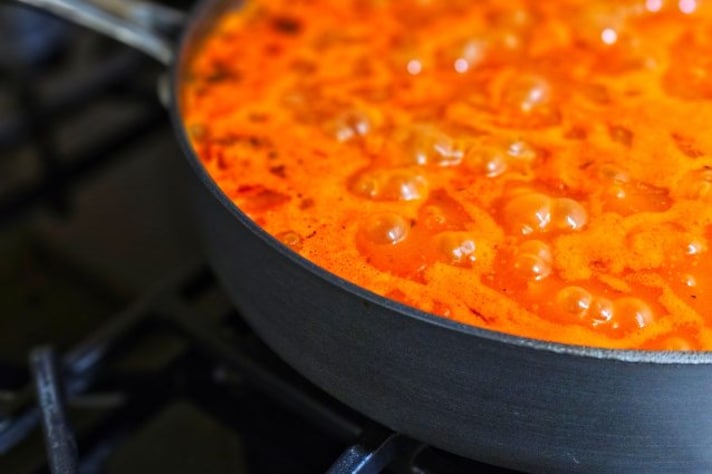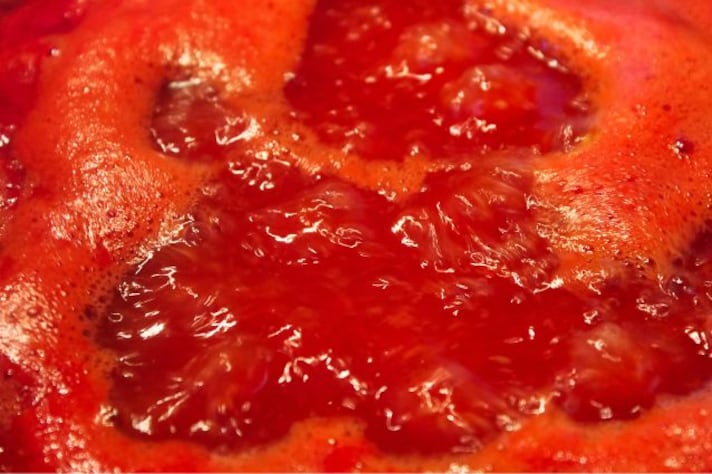Why You Should Never Keep The Lid On Your Pot When You’re Trying to Simmer a Sauce or a Liquid
Simmering a sauce with the lid on traps steam, causing condensation that prevents proper thickening. For spaghetti and Bolognese sauces, simmering with the lid off ensures rich, concentrated results. While most soups benefit from lid-off simmering for flavor balance, some delicate broths may need partial coverage. Keep lids off for the best results.

Every pot in your kitchen comes with a lid, and those lids can take up a lot of space. You might wonder when to use them, thinking it’s logical to always use the lid when cooking because it complements the pot so well. However, there are certain preparations where the lid actually hinders the process, making things worse than they could be without it. One such instance is when simmering sauces.
What Is Simmering and When Do We Do It?
Simmering is a cooking technique where you keep a liquid just below its boiling point, with small bubbles gently rising to the surface. This method is often used to meld flavors and tenderize ingredients over a low and slow heat. It’s not the same as thickening, though they often go hand-in-hand. Thickening involves reducing the liquid content to concentrate flavors and achieve a desired consistency. We simmer sauces, soups, and broths to develop depth in flavor and improve texture. Think of it as the culinary equivalent of a slow dance, where patience and gentle heat lead to a perfect outcome.

Why You Should Never Simmer With The Lid On
When you’re thickening a sauce or broth, using a lid can be counterproductive. A lid traps steam, causing condensation to form and drip back into your sauce. This added moisture prevents the liquid from reducing properly, thwarting your thickening efforts. Instead of a rich, concentrated sauce, you might end up with a watery, diluted version. It’s like trying to sunbathe in the rain—you won’t get the results you’re aiming for. By simmering with the lid off, steam escapes, allowing the sauce to reduce and intensify in flavor, giving you that perfect consistency.
Should I Keep The Lid Off Even When Simmering Bolognese Sauce?
The answer is a resounding yes. Simmering these sauces with the lid on will yield the same unwanted results. To achieve that rich, hearty Bolognese, you need the liquid to evaporate, leaving behind a sauce that clings to your pasta. Cooking with the lid off ensures that excess moisture escapes, concentrating the flavors and textures. So next time you’re preparing a pot of spaghetti sauce, resist the urge to cover it—let it breathe and bubble away happily.

What About Soups and Liquids in General?
Does this rule extend to soups and other liquids? Mostly, yes. When making soups, you often want a clear, well-developed broth, which requires evaporation to achieve the right balance of flavors. However, there are exceptions. If you’re cooking a soup that you don’t want to reduce too much, like a delicate consommé or a broth-heavy soup, you might keep the lid partially on to control evaporation. But for most hearty soups, stews, and certainly for any dish you’re aiming to thicken, keep that lid off. It’s all about allowing the ingredients to mingle and the excess water to leave the party.
;Resize,width=767;)


;Resize,width=712;)
